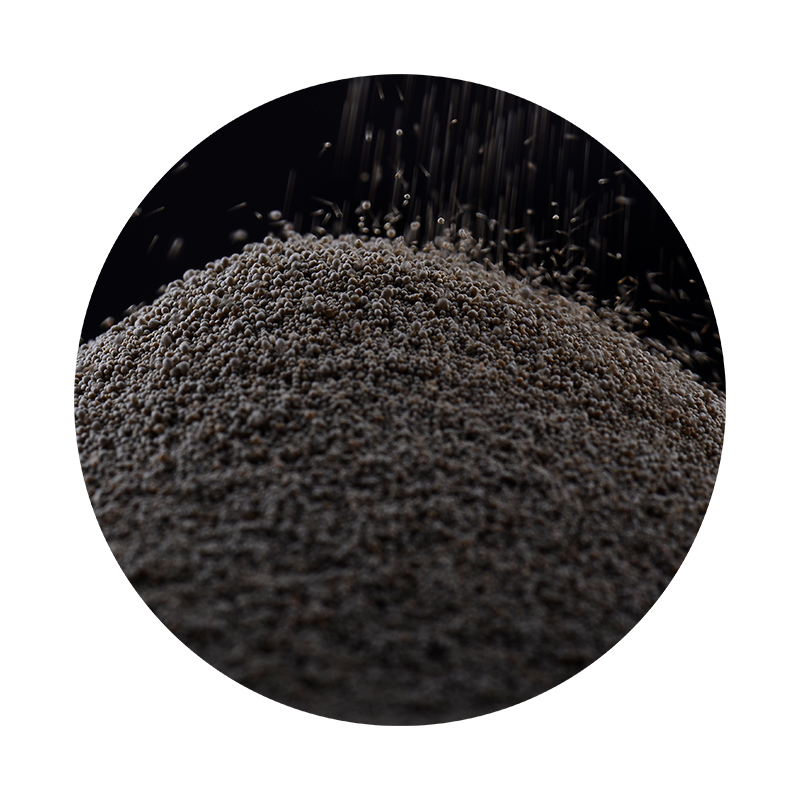The Resin-Coated Sand Manufacturing Process An Overview
Resin-coated sand (RCS) has become a pivotal material in the field of foundry and casting processes, particularly for metal casting applications. The development of RCS has significantly enhanced the quality and efficiency of casting operations, making it imperative to understand its manufacturing process. This article delves into the intricacies of the resin-coated sand manufacturing process, highlighting its components, stages, and advantages.
Understanding the Components
Resin-coated sand typically consists of high-quality silica sand coated with a thermosetting resin. The primary materials involved in this process are
1. Silica Sand This is the main component, chosen for its fine grain and ability to withstand high temperatures without altering its properties. 2. Thermosetting Resin Commonly used resins include phenolic, furan, and epoxy. These resins are chosen for their heat resistance and ability to bond the sand granules together effectively.
3. Catalysts and Hardeners These are added to facilitate the curing process of the resin, ensuring that the coating adheres properly to the sand grains.
The Manufacturing Process
The manufacturing of resin-coated sand involves several critical steps, each of which is essential to producing a high-quality product
1. Sand Preparation The process begins with the selection and preparation of silica sand. The sand must be cleaned to remove any impurities that may affect the final product. This may involve washing, drying, and sieving the sand to achieve the desired granulation.
2. Resin Mixing The next step is to prepare the resin mixture. The thermosetting resin is typically blended with hardeners and catalysts according to specified ratios. This mixture is crucial as it determines the properties of the final product.
resin coated sand manufacturing process

3. Coating Process In this stage, the prepared silica sand is mixed with the resin. The mixing can be performed using a variety of methods, including batch mixing or continuous mixing through a sand mixer. The goal is to achieve a uniform coating of resin on each sand grain.
4. Curing Once coated, the sand must be cured to harden the resin. This is often achieved through the application of heat, where the mixture is exposed to elevated temperatures. The curing process ensures the resin binds firmly to the sand particles, enhancing the strength and stability of the sand.
5. Cooling and Screening After curing, the sand must be cooled, and excess resin is removed through screening. This step ensures that the resin-coated sand has a consistent granulation and is free from defects.
6. Packaging and Quality Control The final step in the manufacturing process involves rigorous quality control measures. The resin-coated sand is tested for various parameters, including compressive strength, flowability, and thermal stability, to ensure it meets industry standards before being packaged and dispatched for use.
Advantages of Resin-Coated Sand
The resin-coated sand manufacturing process offers numerous advantages
- Enhanced Performance RCS provides superior surface finish and precision in casting, which reduces post-processing requirements. - High Thermal Stability The heat resistance of resin-coated sand allows for multiple uses in high-temperature applications. - Versatility RCS can be tailored to meet specific casting needs, making it suitable for various metal types and complex designs. - Reduced Emissions The use of thermosetting resins can lead to lower emissions of volatile organic compounds (VOCs) compared to traditional sand casting methods.
Conclusion
The resin-coated sand manufacturing process is a sophisticated operation that combines chemistry and engineering to produce a material essential for modern casting techniques. As industries continue to prioritize efficiency and quality, the role of RCS is set to expand further, highlighting the importance of understanding its manufacturing process and benefits. With ongoing advancements in materials science, the future of resin-coated sand looks promising, bringing forth innovations that enhance production capabilities in foundries worldwide.
Post time:டிசம்பர் . 21, 2024 05:37
Next:Applications and Benefits of Resin Coated Sand in Various Industries
